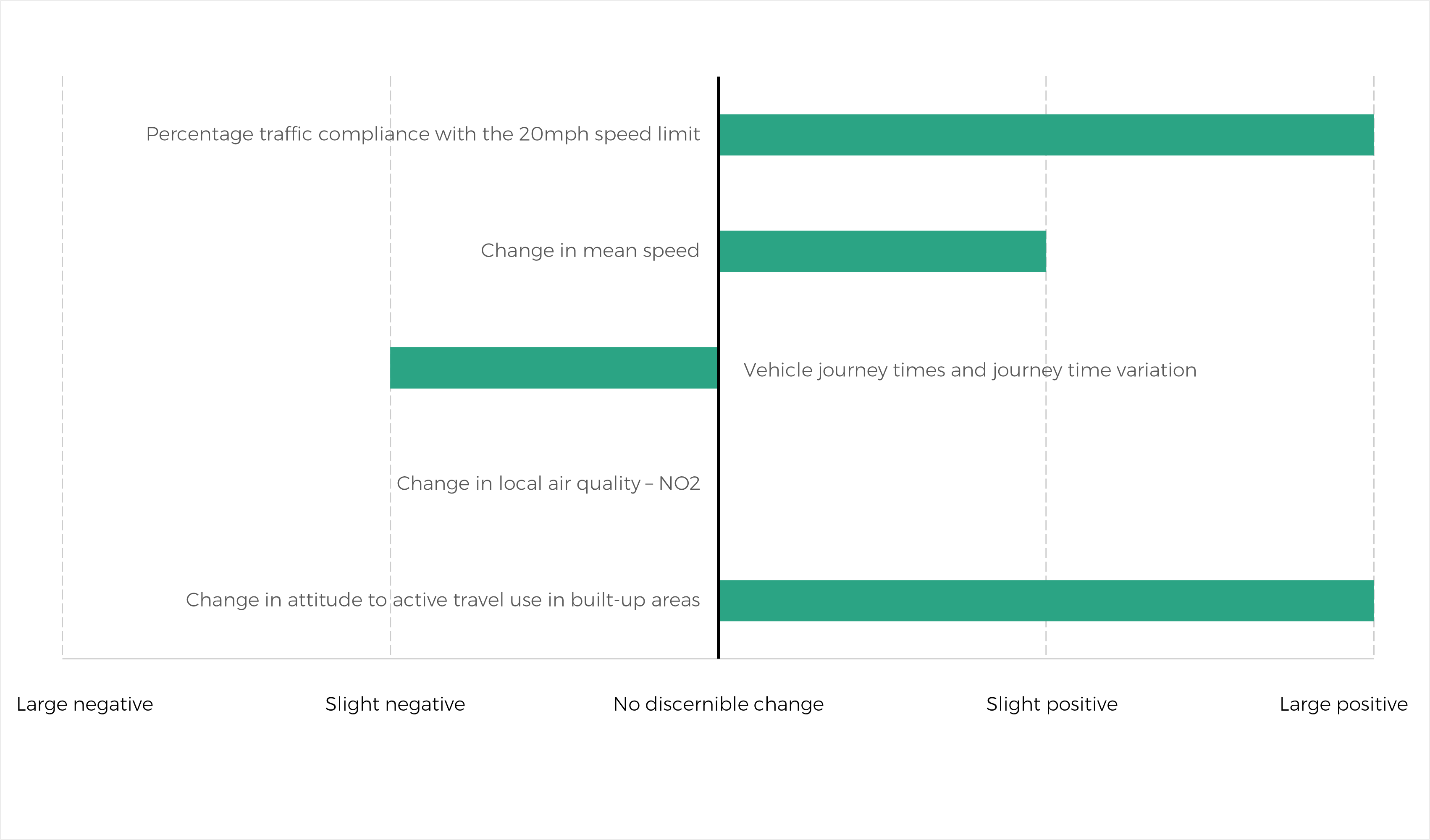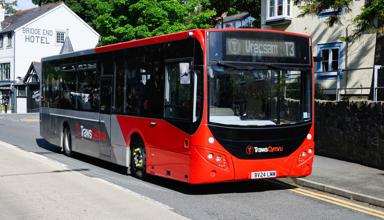It’s fair to say the Welsh Government's 20mph default speed limit policy has been controversial – the Petitions Committee recently considered the biggest petition in Senedd history which called on the Welsh Government to scrap the policy. It attracted a record breaking 469,571 signatures.
The Welsh Government has now said changes will be made to how the policy has been implemented.
Following our previous articles on the implementation of the policy and how it’ll be enforced and monitored, here we recap what’s happened since it was rolled out, the Welsh Government’s latest position and take a look at some of the early monitoring data.
Will the policy be reversed?
When the default speed limit on restricted roads in Wales changed from 30mph to 20mph last September, it’s fair to say there was some strong public opposition, demonstrated by the petition, and stories of 20mph signs being vandalised were common.
There’s since been a change in First Minister, and a change in transport Minister. During his leadership campaign, the new First Minister, Vaughan Gething MS, said the Welsh Government had “got some of the communication side wrong” around the policy.
Last week, the new Cabinet Secretary for North Wales and Transport, Ken Skates MS, (the Cabinet Secretary) echoed the First Minister’s view, touching on plans for a “national listening campaign”. However, neither the First Minister or the Cabinet Secretary has said the policy will be scrapped.
The Senedd also recently rejected a motion calling for the policy to be reversed, instead it agreed an amendment welcoming “the Welsh Government’s recognition of the need to refine the implementation”. During the debate, the Cabinet Secretary suggested there was a “need to make sure 20 mph is truly targeted” in places “where children and the elderly are at risk”.
Following the Cabinet Secretary’s remarks, the sustainable transport charity Sustrans said it “was beyond disappointed at the suggestion the Welsh Government might take a significant backwards step”.
What is being reviewed?
The Welsh Government says that while it “continues to believe that 20 mph is the right speed limit in places such as near schools, hospitals, nurseries, community centres, play areas and in built-up residential areas” it is “pressing ahead with refining the policy”.
The Cabinet Secretary set out plans to engage with the public and stakeholders to achieve “the right speeds on the right roads.
This includes reviewing how its guidance to highway authorities on setting exceptions to the limit has been applied. While the Welsh Government had already committed to this, with work well underway, it has now asked for the review to be brought to a “rapid conclusion”.
While the default limit on restricted roads is now 20mph, highway authorities (local authorities for local roads and the Welsh Ministers for trunk roads/motorways) can use Traffic Regulation Orders (TROs) to change the limit and set exceptions from the default where appropriate.
The former Deputy Minister for Climate Change, Lee Waters MS – who introduced the policy – suggested shortly after it took effect that local authorities across Wales had interpreted the guidance on setting exceptions differently. Our previous analysis on the issue supports this.
The Welsh Government subsequently established a review team, led by Phil Jones (who also led the Welsh Government’s 2019 task force on 20mph speed limits), to examine how the guidance has been applied.
The review team published its initial report in February and made six initial recommendations including that:
- the guidance should be revised and broadened to address all speed limits in settlements and not only those that have defaulted to 20mph as a result of the law change;
- training for highway authority officers be provided to help in interpreting and applying the guidance; and
- that legal advice should be sought on the potential liability of highway authorities when making new exceptions to increase the speed limit locally.
In his statement, the Cabinet Secretary says he expects the review team’s final report “within the next few weeks” and that he will publish it “as soon as possible”.
What impact did 20mph have in pilot areas?
Leading up to the policy coming into force nationally, pilots took place in eight communities across Wales.
The first monitoring report on the impact in pilot areas was published in March 2023, followed by a final monitoring report in February 2024. Data up to May 2023 showed positive changes in relation to speed reduction and attitudes to active travel, no discernible changes in local air quality and slight negative changes on journey times.
Figure 1: Summary of impact of 20mph default speed limits in pilot areas

Source: Senedd Research summary of Transport for Wales (TfW) Default 20mph speed limit on restricted roads phase 1 areas final monitoring report
Note: This graphic summarises TfW’s findings. The terms included have been taken directly from the report and the assessment of the impact has been made by TfW.
The final monitoring report also showed a “general decrease in peak period [bus] service punctuality with on time services reducing by around six to thirteen percentage points”. Around the time of the national roll out in September, the Confederation of Passenger Transport (CPT) said the change had created some challenges for bus services, while Arriva Buses Wales said it may lead to service cuts.
In its letter to local authorities on the review of the guidance, the Welsh Government says “updates to the guidance could include…taking into account the impact on bus routes”.
What impact has it had nationally?
While it’s still early days since the policy was rolled out nationally, and data should be treated with caution, TfW has published preliminary data on average speed changes. The data, collected on main through roads at 43 locations in nine settlements shows that average speeds on these roads dropped an average of 4mph - from 28.9mph to 24.8mph.
When pressed on whether this was considered to be a success, the former Deputy Minister said “every 1mph reduction in speed makes a real difference – so this is a real turning point”.
While data on the impact on road traffic collisions is not available yet, the GoSafe partnership has begun publishing data on engagement and enforcement. Data for January to March 2024 shows 97% of vehicles monitored were travelling under the current enforcement threshold of 26mph.
GoSafe has also started publishing offences data. While data for north Wales is currently very limited, data for mid and south Wales shows the total number of offences has gradually increased from November 2023 to March 2024, with an average offence speed of 28.3mph over the time period.
What happens next?
Moving forward, TfW has published a monitoring framework for the policy and an interim report on the national roll out is expected to be published in June. This will be followed by a further report on the first full year of implementation in December, with reporting then set to take place annually. The framework says data will be collected for up to five years after implementation.
As discussed, the guidance review team is also set to present its final report to the Welsh Government shortly.
Article by Senedd Research, Welsh Parliament






